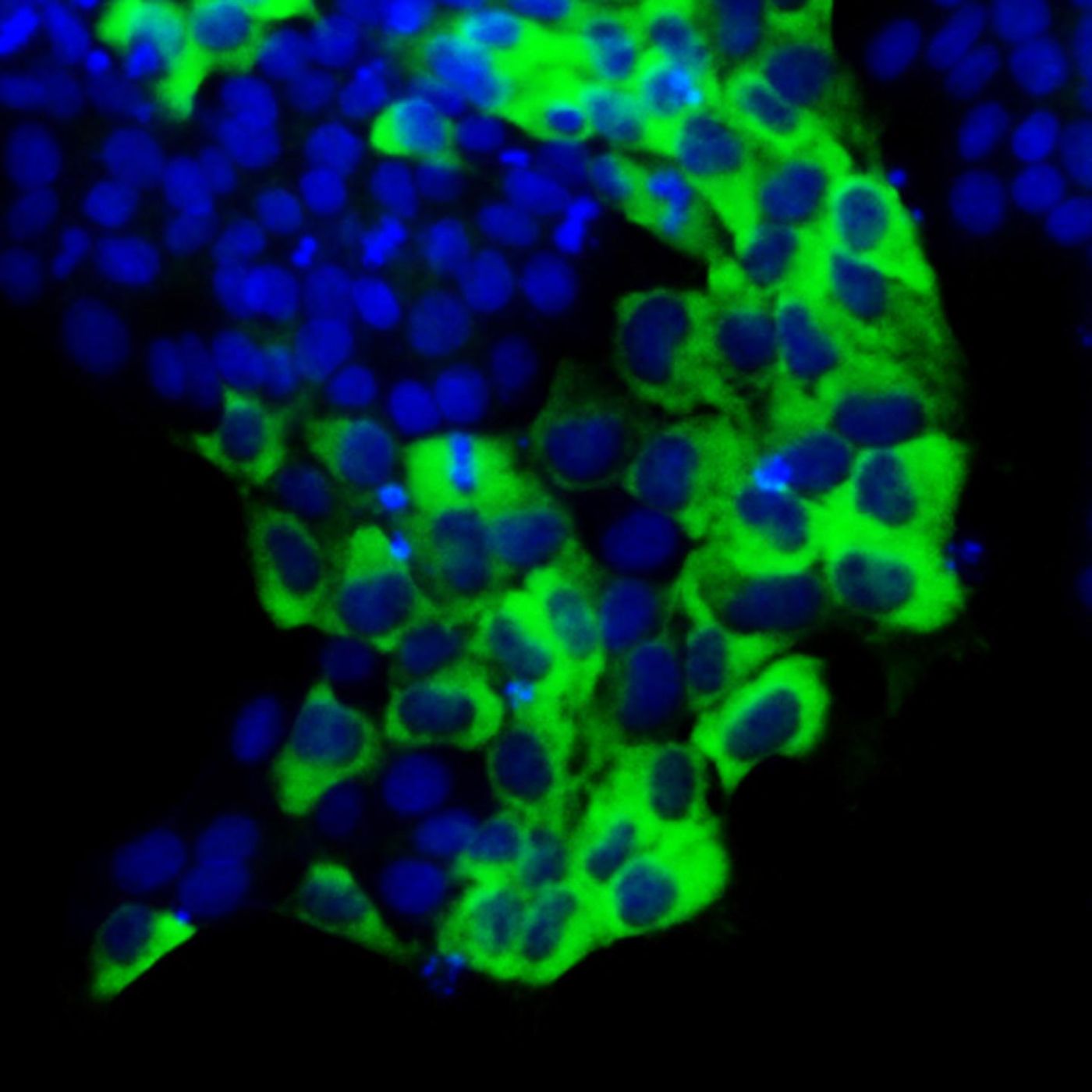Interpreting Mixed Signals to Stem Cells
The protein TAZ (PDZ-binding motif), has many roles in various cellular processes, including organ development and cell growth or proliferation. There has been a lot of research interest in the protein because it is apparently disrupted in cancer, and it has a central role in the communication of chemical messages in the cell. New work has revealed that TAZ can send different signals to different cells. The research has been published in Stem Cell Reports.
This work used mouse embryonic stem cells, which have the potential to become any type of specialized cell in the organism; but until they do, they are considered naïve. They are not the only kind of stem cell though. Some are set to become specific types of specialized cells when they differentiate. One example in mice is mouse epiblast stem cells (EpiSCs). Human ESCs seem to be this kind of primed cell too, and may not be true ESCs after all.
Researchers in the laboratory of Qi-Long Ying at the University of Southern California, including doctoral candidate Xingliang Zhou, have now shown that in naïve mouse ESCs the TAZ protein is not needed for self-renewal or the production of more stem cells. However, the stem cells do require TAZ so they can differentiate into mouse EpiSCs.
The researchers also uncovered a more subtle role of TAZ in the primed types of stem cells. In mouse EpiSCs and in human ESCs, if TAZ is hanging out in the nucleus, primed stem cells will then differentiate into more specialized kinds of cells. That is similar to what naïve cells do. But if TAZ is located in the area of the cell between the nucleus and outer membrane, or if it is in the cytoplasm, then primed stem cells react oppositely by self-renewing.
"TAZ has stirred up a lot of controversy in our field because it appears to produce diverse and sometimes opposite effects in pluripotent stem cells," explained senior author Ying, an Associate Professor of Stem Cell Biology and Regenerative Medicine. "It turns out that TAZ can indeed produce opposite effects, depending upon both its subcellular location and the cell type in question."
"TAZ provides a new tool to stimulate stem cells to either differentiate or self-renew. This could have important regenerative medicine applications, including the development of a better way to generate the desired cell types for cell replacement therapy,” concluded Zhou, the first author of the work.
Learn more about the different functions and abilities of stem cells, including self-renewal and differentiation, from the above lecture by Elaine Fuchs, a Howard Hughes Medical Investigator.
Sources: AAAS/Eurekalert! Via USC, Physiology Reviews, Stem Cell Reports









